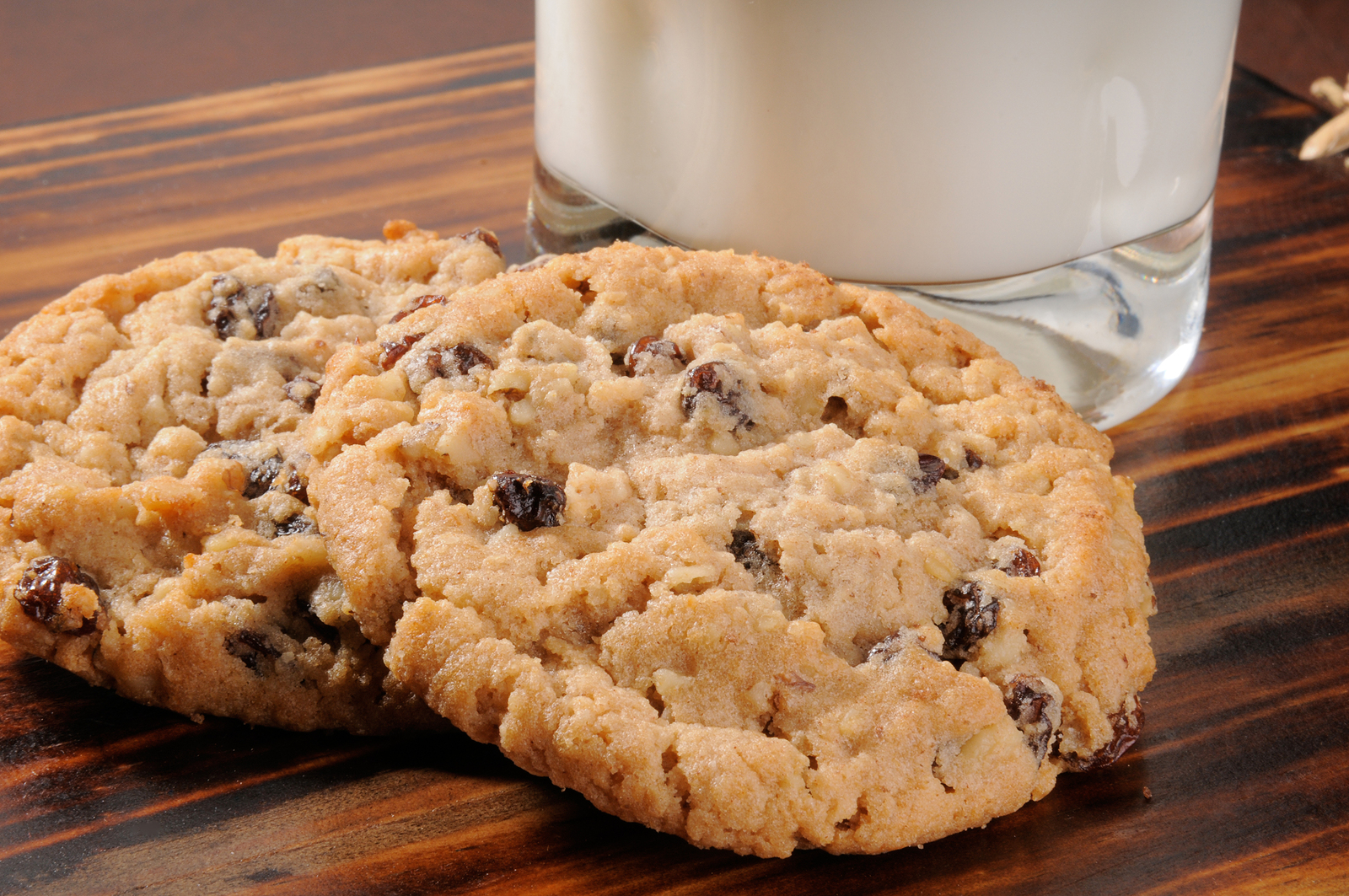
Choose your favorite recipe and take time to bake some delicious cookies this month (Photo Credit: BigStockPhoto.com)
When you think of October and sweet treats it is likely that your mind immediately goes to the candy associated with Halloween and trick-or-treating. But there is another sweet treat celebrated during October, cookies. October is National Cookie Month and here is everything you need to know to pay homage to cookies of all types, shapes, and sizes.
Where Did Cookies Come From
Well, to start, we may need to decide what makes a cookie a cookie. Here in the U.S., a cookie means a small, relatively flat, often baked dessert. However, in other parts of the world a different word is used to describe these kinds of treats. The origin of the word cookie as we use it today is believed to come from a Dutch word, koekie which is a small cake. It came to North America with Dutch immigrants and was transformed over time to the modern term, cookie. It is likely that many of our English ancestors would have called “cookies” “biscuits” which is still the word used to describe these treats today.
What Makes Cookies Different
If a cookie is a small, flat, often baked dessert, how do you differentiate between a cookie and a cake, which can have those exact characteristics? The main differentiator is that cookies do not usually rely on water to keep the other ingredients together, they rely on fat. When water is used, in a cake for example, the batter is thinner and the water helps create the fluffy light texture commonly associated with cake. By using oil instead of water, cookie recipes result in the denser texture associated with cookies.
Cookie Types
It may seem like a cookie is a cookie, regardless of its flavor but there are actually a wide range of cookie types that are defined primarily by how the cookies are made. It would also be a mistake to assume that all cookies are baked since some are not.
- Dropped cookies are dropped or placed on cookie sheets by the spoonful that spread out during baking.
- Rolled cookies are made from stiff dough that is rolled out with a rolling pin and then cut into shapes, generally using cookie cutters, before baking.
- Filled cookies contain some kind of filling, often fruit or jam.
- Pressed cookies are made from a specific kind of dough that works well with a cookie press and enables cookies to be made in extravagant shapes and large volumes.
- Refrigerator or icebox cookies are made from very stiff dough that achieves the desired stiffness when placed in the refrigerator for a specified amount of time. These cookies are usually rolled into cylinders once stiffened and then sliced into rounds to be baked.
- Molded cookies are made from dough that has a stiffer texture enabled it to be shaped or molded by hand prior to baking.
- Sandwich cookies are generally made from two rolled or pressed cookies that are used to create a sandwich with a sweet filling after they are baked.
- Bar cookies are made from batter that is cooked more like a cake in a single pan and then cut into bars to be served.
- No bake cookies are made by mixing ingredients like cereal into a melted binder, like marshmallows to create a cookie or bar that hardens as the melted binder cools.
How to Celebrate National Cookie Day
- Bake cookies for someone special
- Take cookies to a local nursing home, homeless shelter, or community group
- Teach someone to bake a favorite cookie recipe
- Have a cookie swap
- Host a cookie party
Cookie Recipes
Related articles
- Sweet Treats to Beat the Heat (fillyourplate.org)
- Crazy for Cupcakes (fillyourplate.org)
- 5 Tips for Terrific School Lunches (fillyourplate.org)

